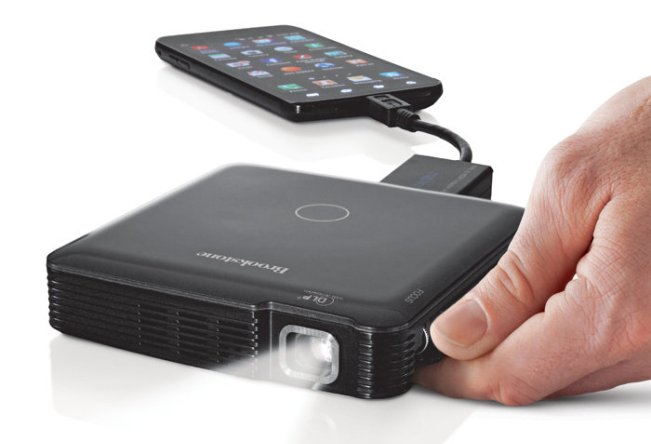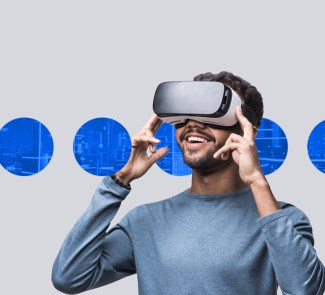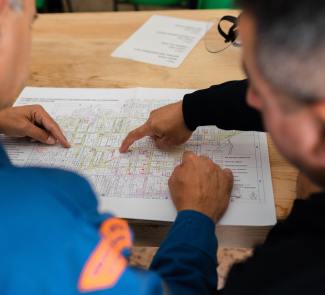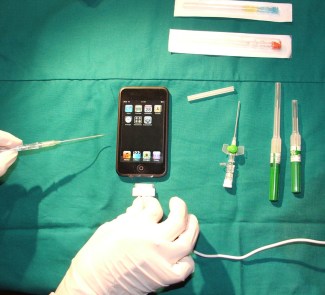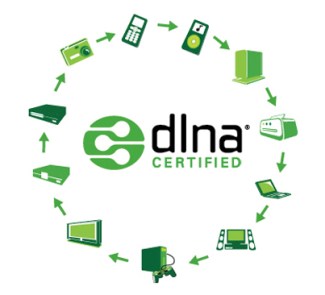Advances in mobile telephony have increasingly made smartphones seem like personal photo cameras … but if you want to take it to the next level, you need these gadgets.
Smartphone cameras are increasingly powerful. For some time now manufacturers have slowed the advertising race for more pixels and have instead focused on other aspects, such as the lens and the various sensors that improve photography and video image quality. Smartphone cameras, however, are still far from professional equipment. To bridge this gap there are a number of accessories that transfer SLR camera technology to smartphones.
The iPhone is undoubtedly the terminal which most manufacturers have taken into account to launch their product accessories. Apple adds the advantage of providing homogeneous hardware to its powerful camera and, why not, a target group more inclined to purchase accessories for their terminal. There are nonetheless also solutions that work on any other smartphone.
Lumu
Despite the advanced features of smartphone cameras, light measurement is not always up to scratch for professional level photography. Funded from Kickstarter, Lum, which has far surpassed the necessary funding and is expected to begin shipping in October, is a sensor capable of measuring the intensity of light.
It is a small coin-shaped device that plugs into the headphone output. It works with the precision of a photometer and thus determines the correct exposure for a photo. In this way it improves the quality of pictures taken with a smartphone, without the need for significantly more inaccurate applications.
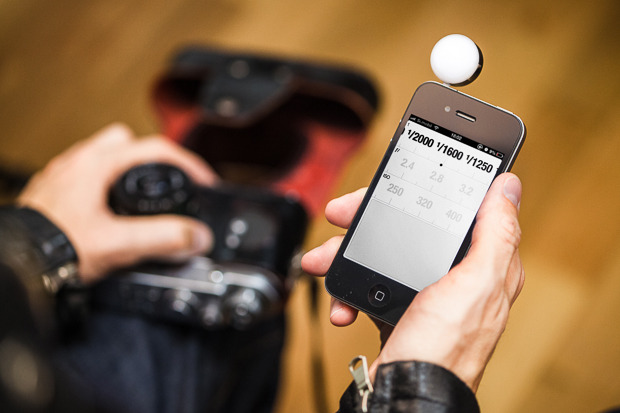
Optrix
It’s a «bombproof» case for the iPhone 5. It is designed to make the terminal water resistant and fully functional in the aquatic medium, including the buttons and the touch interface. Optrix is able to withstand a fall from four meters in water and also onto a solid surface. Thus, the user can take pictures and record videos while under water.
The image quality is not lost thanks to a lens coupled to the housing. The complete kit comes with adhesive tapes that invite the user to affix their iPhone to the most dangerous of places, such as outside the car or on the bottom of a surfboard.
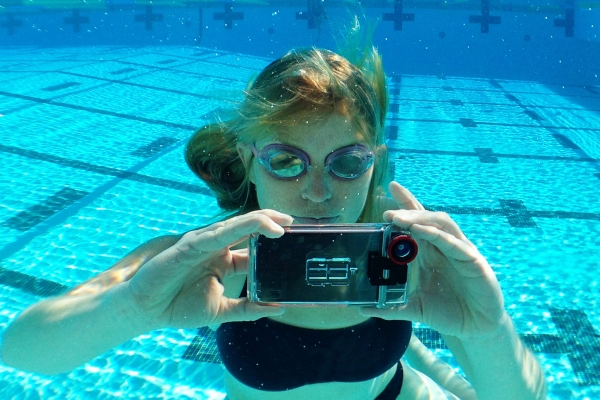
iPhone ViewFinder
This device attaches to the screen of your smartphone to create an analogue display, like those used by SLRs or all other cameras before the advent of digital technology. ViewFinder is also designed for iPhone and is complemented by (Daylight ViewFinder), an application which connects the terminal hardware with the attached piece.
The application, a free download, gives some control of the camera while looking through the viewfinder, imitating the functionality of professional cameras. The device enables photography lovers, used to observing the world from this small viewfinder, to do the same from their iPhone.
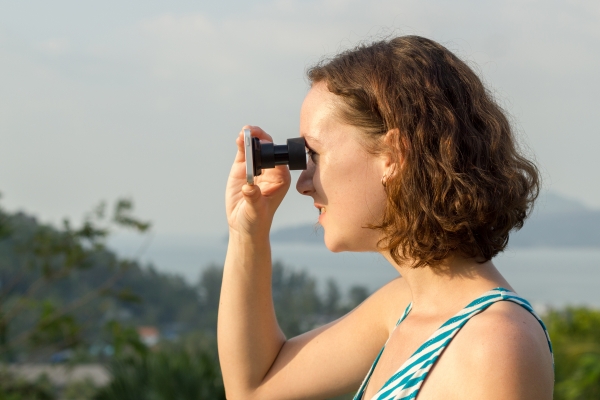
Mobislyder
This device consists of a rail along which a structure capable of supporting a smartphone slides. Its purpose is to provide a reliable method for small travelling shots, the camera moving sideways gently, thus avoiding the shaking produced by the user’s pulse. Mobislyder also enables a digital camera to be docked instead of a mobile terminal. Its creators advertise it as a cheap way to shoot films on a reduced scale.
iPhone SLR Mount
But if there is one accessory that brings smartphones closer a professional camera, it is this lens adapter for the iPhone. It enables the user to attach a DSLR lens to the terminal, thus providing depth of field and manual focus options. iPhone SLR Mount lets you attach anything from a telephoto to a macro, whether Canon or Nikon.
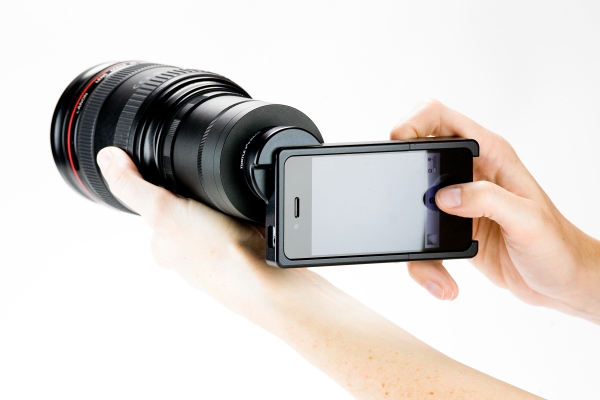
Pocket Projector
Pocket Projector, the latest gadget, while doing nothing to help make better photos or videos, does help to visualize them better. It is a small projector (under four inches wide and long, less than an inch tall and weighing 2.3 kilos) that connects to a smartphone to project the terminal’s image onto any suitable surface. It can project the smartphone screen up to a size of 60 inches.
Pocket Projector has a 3800mAh rechargeable battery, so it does not need to be plugged in when in use. Thus, you can project smartphone images anywhere, with only the help of the cable that comes with the product to connect the two devices.
